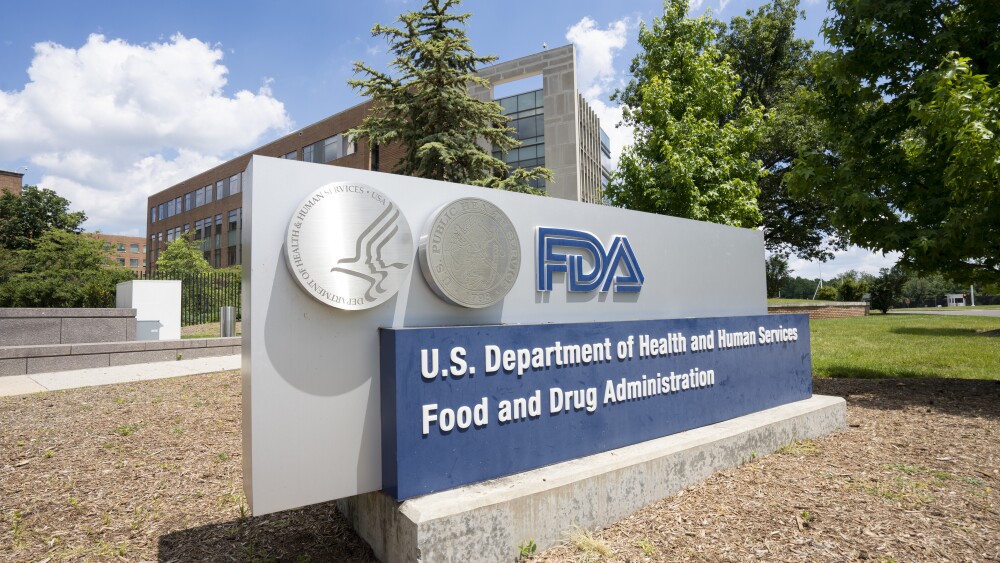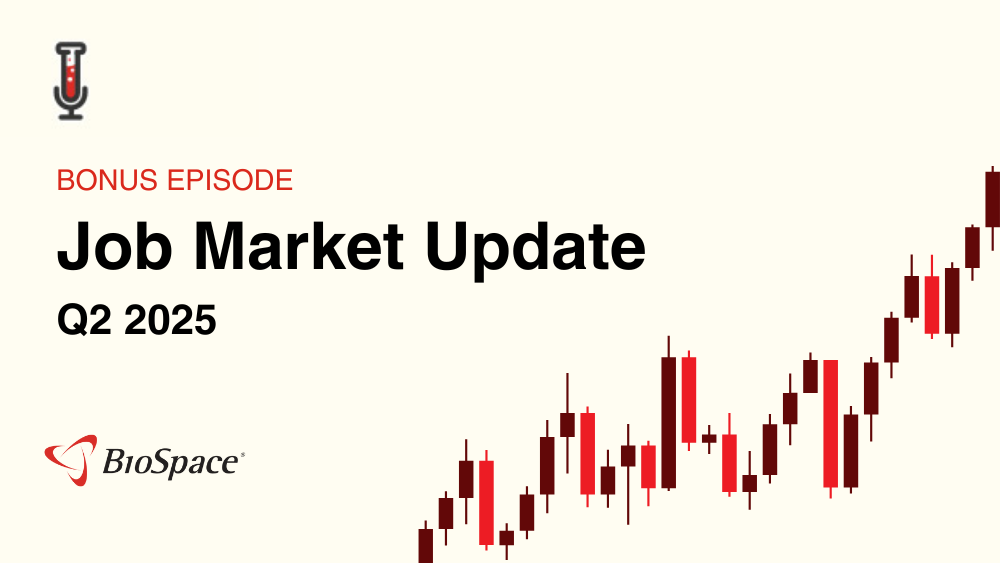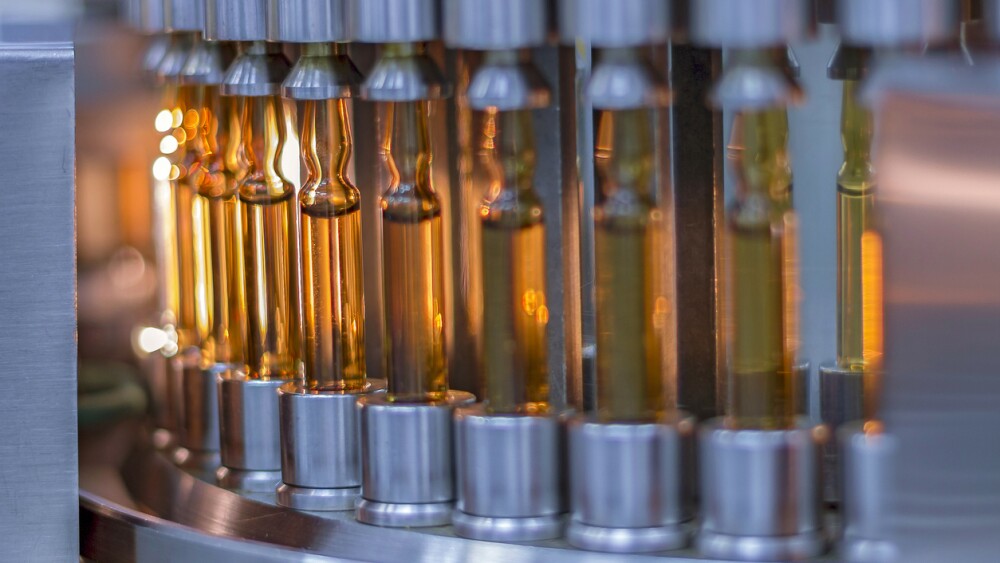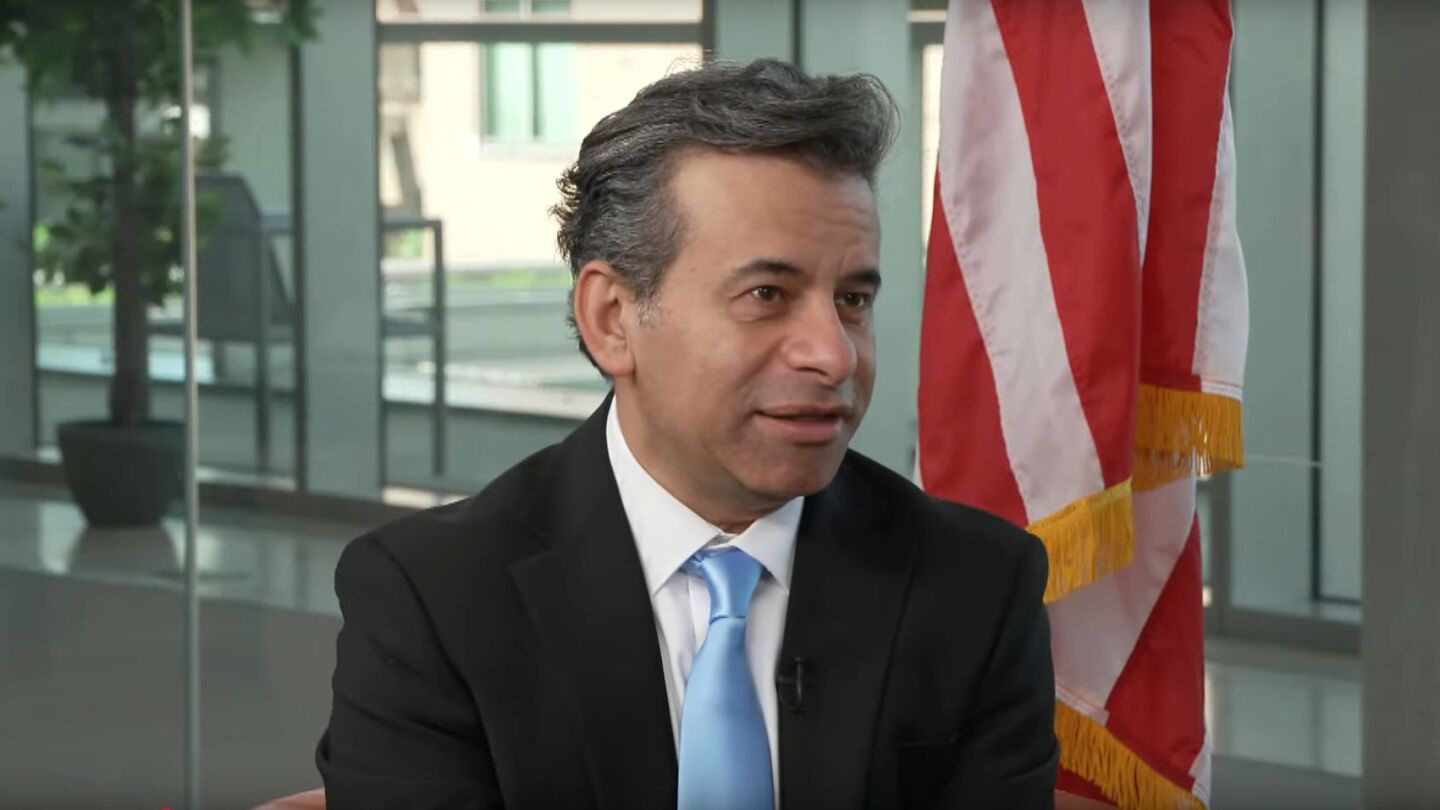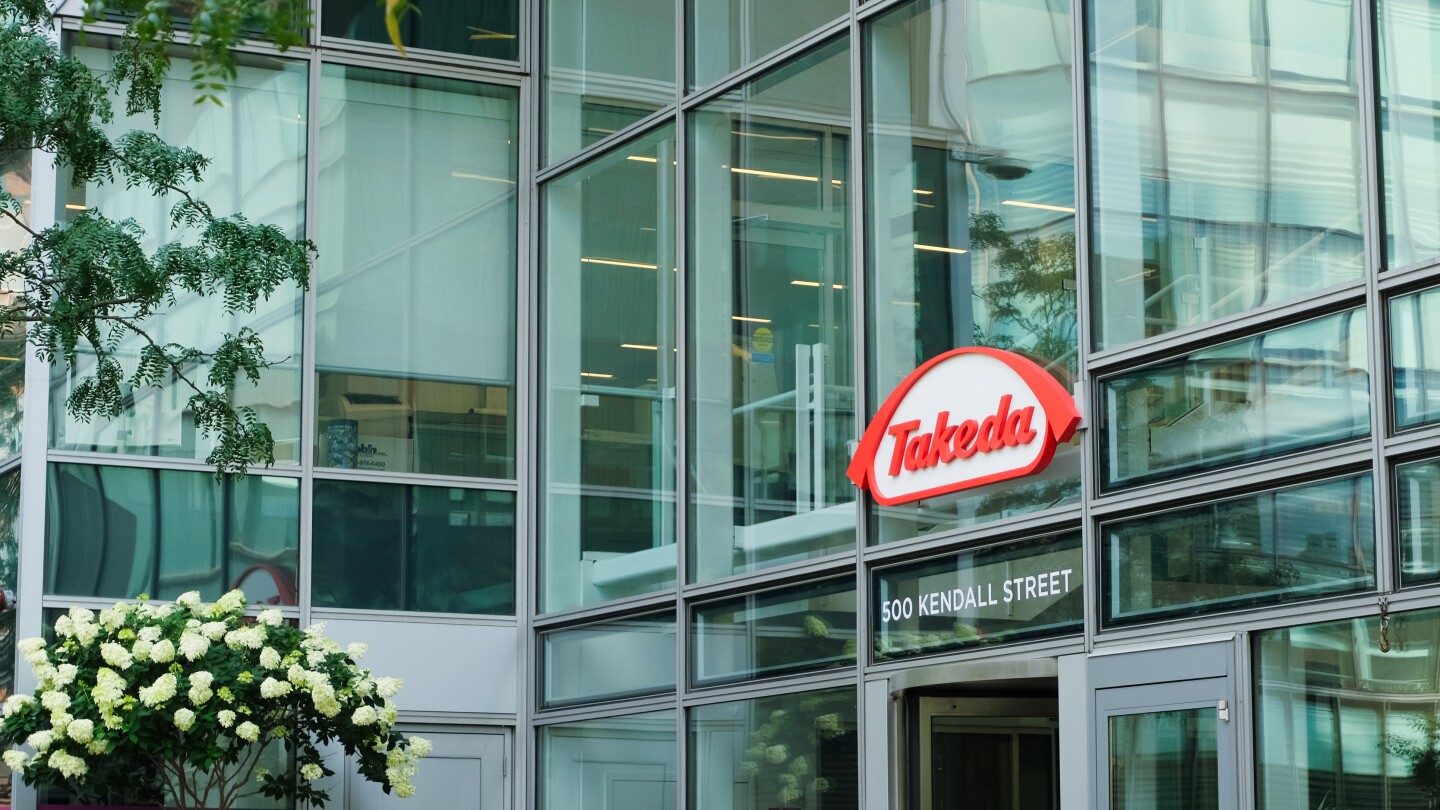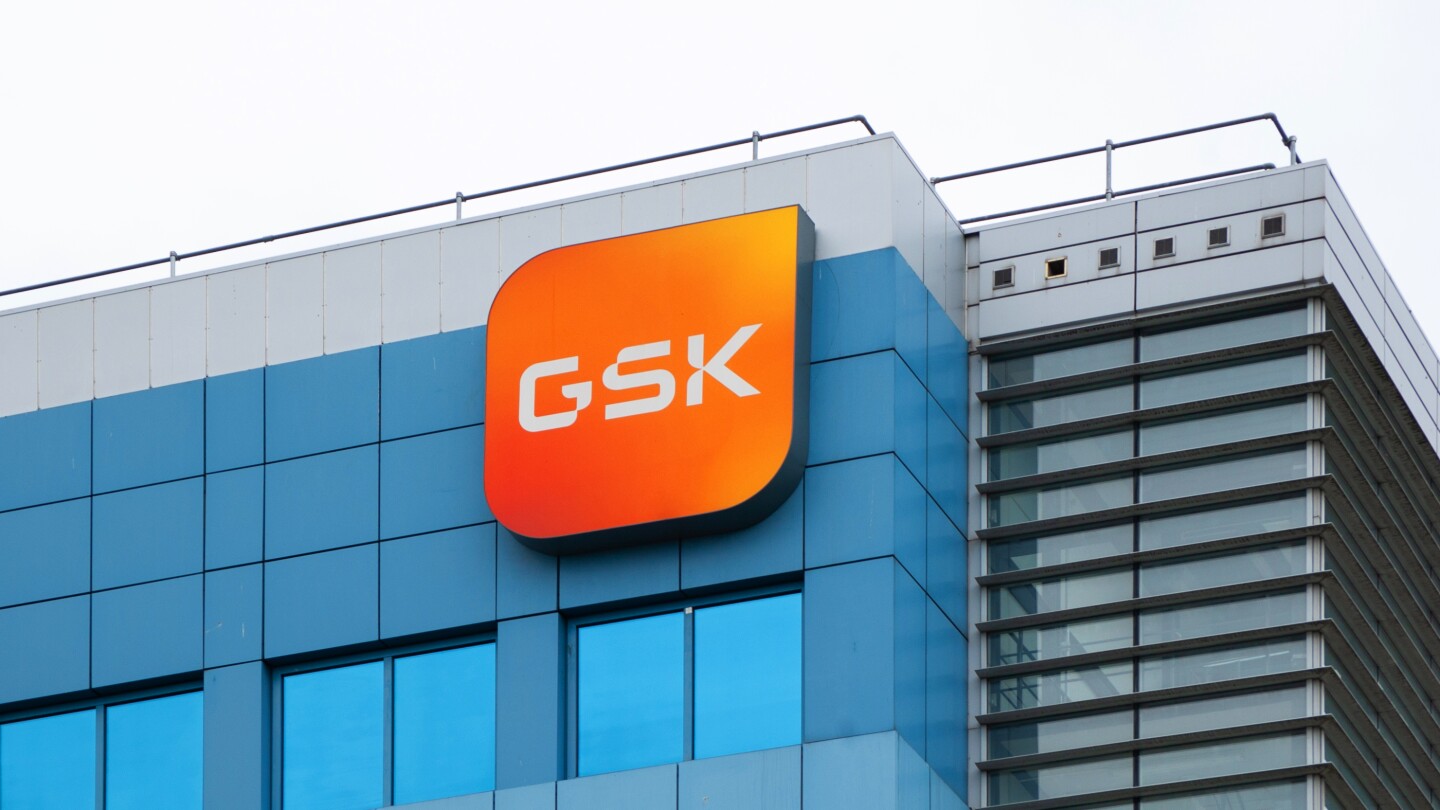News
The alleged deaths were detected by the FDA’s Vaccine Adverse Event Reporting System, reports from which “generally cannot be used to determine” causation or even contribution, according to the agency.
FEATURED STORIES
Drug candidates don’t usually move among Big Pharma, but these five biotechs helped facilitate such hand-offs, scooping up assets from one pharma on the cheap before being bought out for billions by another.
A week into his tenure as head of the FDA’s Center for Drug Evaluation and Research, experts agree that Rick Pazdur is the “ideal fit” to stabilize the agency. And, according to one ex-FDA official, if his CBER counterpart Vinay Prasad tries to supersede Pazdur’s authority, “there will be hell to pay.”
The introduction of AbbVie’s hepatitis C drugs in 2014 forced Gilead’s hand in the fight for market dominance in hepatitis C. A similar dynamic is now playing out between Eli Lilly and Novo Nordisk in the obesity space, with some key differences.
Job Trends
1 in 5 respondents either have had or do have a fractional role, according to a recent BioSpace poll, and over half are considering it. Two recruitment experts, a fractional worker and an aspiring fractional worker share their insights.
FROM OUR EDITORS
Read our takes on the biggest stories happening in the industry.
After Sarepta reported the death of a patient who had recently taken the gene therapy Elevidys, patient advocacy group Parent Project Muscular Dystrophy stepped up—as they always do.
THE LATEST
“We felt we had a responsibility to explore semaglutide’s potential, despite a low likelihood of success,” Martin Holst Lange, Novo’s R&D chief, said on Monday.
NervGen will meet with the FDA early next year to align on a regulatory path forward for NVG-291 in chronic spinal cord injury.
Asundexian’s Phase III win could also bode well for Bristol Myers Squibb, which is also developing a Factor XIa inhibitor called milvexian for stroke prevention, analysts said.
A source familiar with the matter said the White House initially requested the resignation of Sanjula Jain-Nagpal, a policy and research official at the FDA.
Mixed headlines have plagued the cell and gene therapy space of late. We believe that a renewed case of optimism is not only warranted but essential if these therapies are to reach their full potential.
Since July, several biotechs have been forced to pivot as previous agreements with the FDA around evidence required for approval were reversed, a phenomenon that, according to experts, could portend a more restrictive regulator.
The regulator has received reports that a group of patients treated with Adzynma had neutralizing antibodies against the protein the therapy replaces.
After revoking Sarepta’s award in July and awarding one to Krystal last month, the FDA’s platform technology designation program appears to be back on track. These six biotechs could be on the regulator’s radar.
While expressing disappointment, William Blair analysts were unsurprised by the Phase II failure, having assigned the VISTA study a high level of risk given the “mixed” performance of a similar drug in a prior multiple sclerosis study.
After GSK subsidiary Tesaro filed a lawsuit Thursday claiming that AnaptysBio breached “certain requirements” under their 2014 license agreement involving GSK’s Jemperli, Anaptys responded Friday morning.

